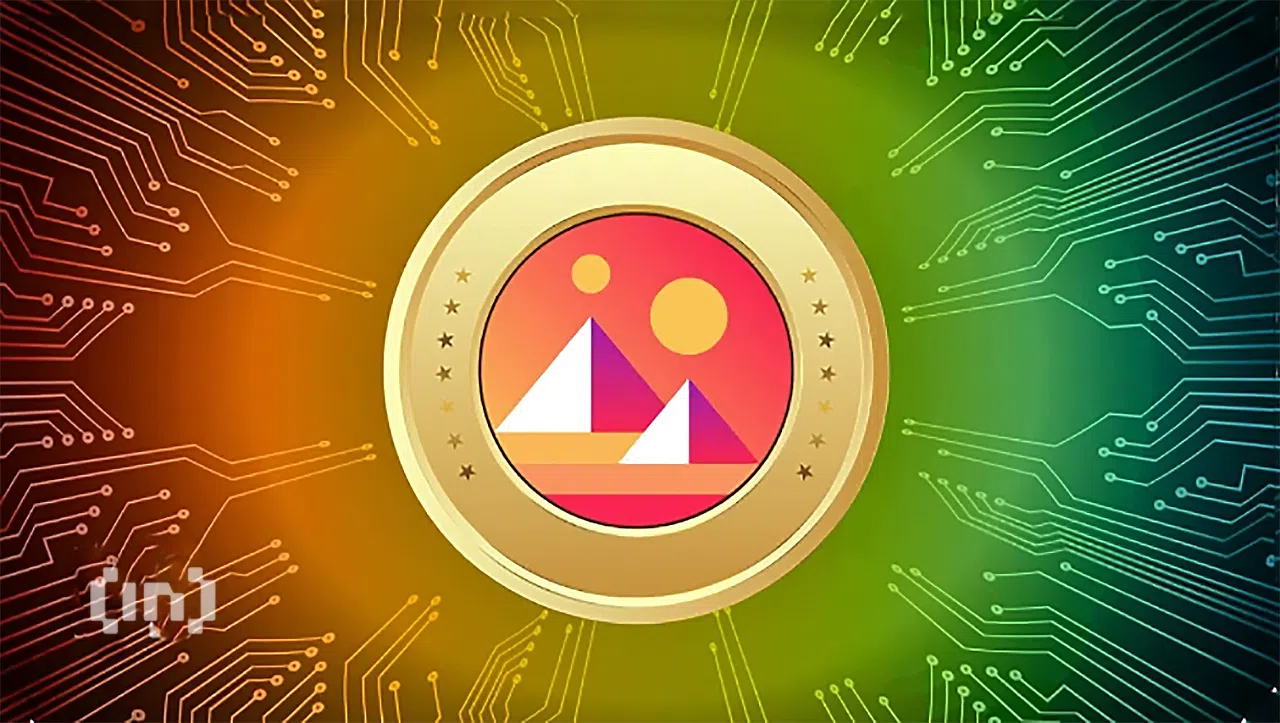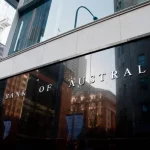What happens when cutting-edge blockchain technology is combined with well-known sandbox games like Minecraft, GTA Online, or The Sims Online? Decentraland is available.
A 3D massively multiplayer online virtual environment called Decentraland is more than simply a game. The planet is serious business for some of the residents.
On the Ethereum blockchain, Decentraland sells rare virtual land plots in the form of non-fungible tokens (NFTs). Virtual land owners are free to do whatever they want with it, including making content, games, virtual stores, and more.
Some nearby parcels, sometimes known as “neighborhoods,” have heavy traffic and can generate significant advertising earnings in addition to bringing in paying customers who will consume content, play games, and buy items (custom, player-minted NFTs) and services.
Key Takeaways:
- Decentraland is a virtual environment that is more than just a game because it has its own micro-economy and ecosystem.
- In Decentraland, virtual property can be purchased as NFTs represented by the LAND token.
- The native in-game currency in Decentraland is called MANA, and it is used to pay for items and communicate with online services.
How does Decentraland work?
The name Decentraland, which is possibly a portmanteau of “decentralized land,” refers to the fact that Decentraland is not governed by a centralized government.
Because landowners in this virtual world are free to publish any kind of software or content they want, the platform is immune to censorship.
In addition, content providers can monetize their works by selling them outright or by adding advertisements.
The LAND token, an ERC-721 non-fungible token that can be bought on the primary market with MANA tokens, stands in for individual parcels of land in Decentraland.
The in-game currency is called MANA, and it is a fungible ERC-20 token. A total of roughly 2.6 billion MANA tokens were produced at the time of Decentraland’s initial launch in 2017.
However, the MANA tokens were destroyed when exchanged for LAND during the LAND primary market sale. There are 1.85 billion MANA in circulation right now.
LAND can be purchased and sold using MANA in a peer-to-peer transaction on the secondary market. No MANA is consumed in this instance. When a piece of land is purchased, the buyer’s digital identity is registered on the Ethereum blockchain as the property’s legitimate owner.
How is MANA distributed?
MANA is one of the most widely dispersed cryptographic tokens currently in use. 40% of MANA’s initial supply was sold in an ICO when it was first produced.
The 20% was given to the communities and partners that have helped the project from the start. Instead of making direct token transfers, this is given out as allowances.
The remaining 40% is distributed as follows: 20% goes to the founding team as compensation for their efforts, and 20% is held back by the Decentraland Foundation for ongoing platform development.
What is available to you in Decentraland?
There are 90,000 LAND lots that make up Decentraland. 16 × 16 “metres” is the size of each parcel. Buyers may purchase several LAND parcels at any time.
Owners can engage in any of the following activities on Decentraland:
Develop software
Decentraland was designed with a scripting language that enables programmers to build objects, load textures and sounds, encrypt user interactions, including payment systems, and even control physics. So, for example, it is feasible for someone to develop a piece of land that resembles Mars but is subject to weaker gravitational forces.
The advertising business model has already been used by open-world and centralised virtual reality platforms for the server’s own gain. Anyone in Decentraland is free to lease out space for advertisements on their own parcel or from other landowners.
Billboard advertisements may be placed on property parcels with considerable traffic. In both the virtual and physical economies, any brand can be promoted in this fashion.
NFTs and Decentraland
Decentraland functions as a sandbox environment for all things NFTs in addition to the numerous activities we outlined above.
assemble content
LAND has a special feature called adjacency, which makes it different from other NFTs that are currently active in the cryptocurrency industry. This indicates that guests can view other LAND parcels that are close to the one they are now viewing.
Neighbourhoods and physically nearby communities can assemble and even share a common theme or interest because to this spatial proximity.
Make digital memorabilia
NFTs frequently do not interact with one another and exist in vacuum. If the author wants to sell them, almost everything in this navigable world is an NFT.
Within the restrictions of what is available, users can publish, share, gather, and even display digital content.
Do you intend to invest in NFTs?
To quickly and easily add cryptocurrency funds to your wallet so you can start buying, trading, and generating NFTs on OpenSea and other platforms, use Easy Crypto.
To get started, be sure to check out our guides on Phantom Wallet, Metamask, and Trust Wallet!
MANA’s worth in Decentraland
One of the most intriguing investment tools created in the modern era is decentraland. Except for Republic Realm, serious investment institutions have not yet addressed the prospect of investing in virtual land, despite the fact that real estate is unquestionably a reliable investment and a source of passive income.
“A professionally-managed, diversified digital real estate investment vehicle for virtual currencies and blockchain metaverse NFT tokens,” is how Republic Realm presents itself.
They made a Decentraland investment of $913,228 worth of plots in June 2021. That was to purchase 259 lots, or around 6.6 hectares, of property.
To pay homage to Tokyo’s Harajuku shopping district, they intended to create a virtual shopping district dubbed Metajuku.
The technique might increase traffic to the purchased property, raising its value while generating passive revenue, potentially through parcel rentals, just as how land developers generate money.
The in-game currency MANA will be very helpful for paying for goods and services in Decentraland.
The value of MANA will rise in tandem with the economy of Decentraland, unlike certain cryptocurrencies that have reduced to nothing more than a store of wealth (akin to gold).
Real value will be circulated more as a result of increased user interaction with Decentraland and all of its creations.









